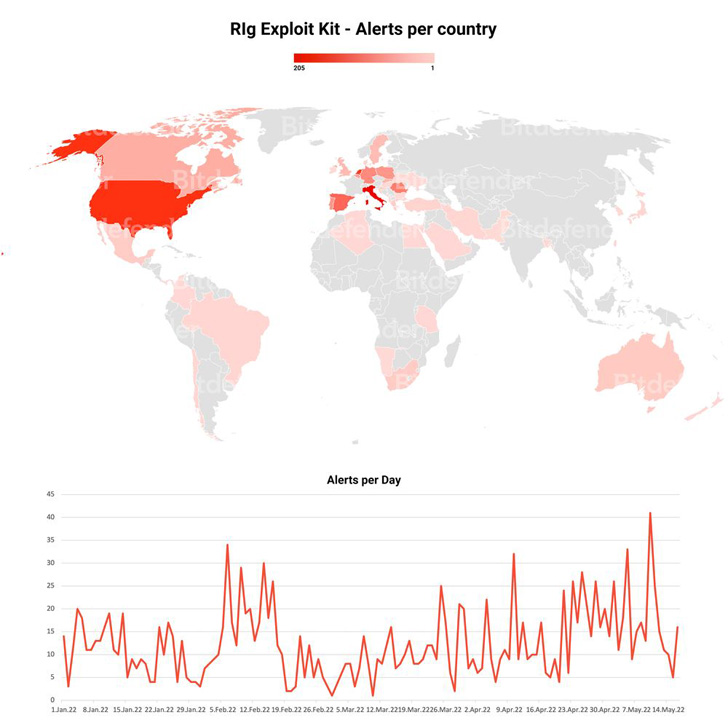Now in Mobile PCs, Synpatics’ AI Solution Holds Industrial Implications | Business
By analyzing context, the technology goes beyond basic presence detection to automatically wake the system when a user is engaged, dim the screen when they are not, hide information when an onlooker is detected, and lock the PC when the user walks away — all while the PC’s webcam is off.
Synaptics acquired Emza Visual Sense in October 2022. The move strengthened the company’s position in Edge AI and enabled it to immediately serve the PC market for HPD application.
Running advanced Emza machine learning algorithms on dedicated, ultralow-power edge AI hardware, Synaptics’ turnkey solution for PC OEMs enables longer battery life and enhanced privacy and security. The technology goes beyond basic presence detection to automatically wake the system when a user is engaged, dim the screen when they are not, hide information when an onlooker is detected, and lock the PC when the user walks away. Courtesy of Synaptics.
Elad Baram, director of low-power AI marketing at Synaptics, told Vision Spectra via email that the potential deployments for the technology extend beyond consumer electronics and into industrial applications.
“Ultralow-power vision AI is targeting applications that are highly power constrained. These can be battery-operated devices with expectations for years of battery life, or systems that have small photovoltaic panels that can drive low-power systems,” Baram said.
Individual use cases for the technology include zone enforcement, such as the detection of people or vehicles in restricted areas or in front of emergency exit paths or restricted areas; safety regulation enforcement; and statistics. Examples include determining whether people are alert while operating equipment or wearing appropriate protective equipment, intruder detection, occupancy analytics, and operational…






